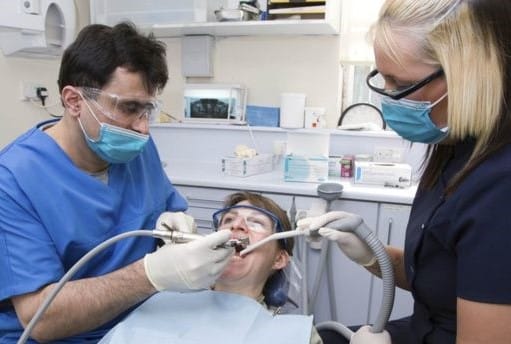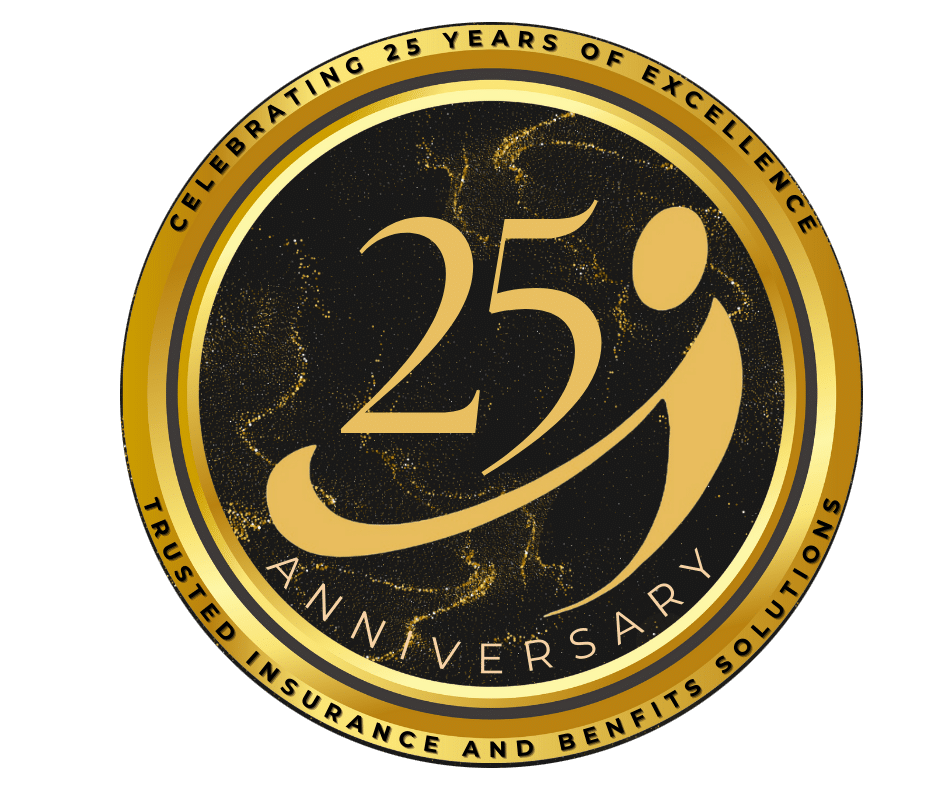This year has been full of unexpected upheaval thanks to COVID-19. There has been a lot of change in the workplace too, for employers and employees. Health providers have also been impacted. If you have visited the dentist recently (pre-COVID or post opening up), chances are you have noticed that dental fees are getting higher.
Here are a few things to keep your eye on when you visit the dentist.
Are you being over-billed? For example, if you practice good dental hygiene between dental cleaning visits, are you always being charged for the maximum units of scaling? Do you need an x-ray every time you go for a check-up? Thorough cleanings and x-rays are necessary for some people, but are you one of those patients? Another area where dentists might be tempted to over-bill is in tooth extraction procedures. There are different types of extraction and sometimes, the simpler one is adequate, and the more expensive type is unnecessary.
Some insurers are reviewing a patient’s history with their dental claims and looking at specific teeth so see what procedures have been performed in the past. This might raise a red flag if the same procedure is being done to the same tooth frequently, for example.
Benefit plans can be designed to require authorization for more expensive procedures, and this can be a safeguard against over-billing. Some claims might be denied because they exceed the authorization limits for instance.
Dental fees in many provinces are on the rise. That might be the case even more so now due to the hit that dental practices have taken with the shutdowns during COVID-19. The 2019 Alberta Dental Association and College fee guide had no increase, but the 2020 fee guide came out with an increase of 4.4%. That made that Alberta fees had the highest increase in the country. With Alberta’s already challenged economy, plus the impact of COVID-19, those higher fees are going to be challenging for individuals and employers to manage.
Advances in technology have arrived in dentistry. The new tools and processes also alter dental fees. Dentists now have access to 3D printing for Orthodontics, and laser procedures which replace traditional ones. The technologies for clear aligners are changing and becoming more popular with young people who prefer them to metal braces. Teledentistry too is gaining popularity. This enables a dentist to do a virtual assessment of a patient who is considering orthodontics.
Shop Around
Whether you are on an employee benefits plan or your own Health Savings Plan, you need to be proactive in managing dental fees that are charged. One of the best ways to help with this is to shop around. You are not locked into your dentist for life, and if you find the fees exceed provincial guidelines, find another dentist who will charge what the fee guide stipulates or less. You would never agree to paying your mechanic more than every other mechanic for the same car service, or to services and parts you did not authorize in advance.
Pre-Authorization
At Health Risk Services, we recommend to our clients that they use pre-authorization as a way to mitigate over-billing. When you meet with your dentist, stipulate that any service with a fee over $250 must obtain pre-authorization which the dentist sends into Health Risk, and we will determine if that procedure is necessary, and if the price is within the guidelines. We can look into your plan, your previous dental records, and get back to you with a response while you are still at the dentist’s office. This is the best way to get confirmation of what the price will be and if it is covered by your plan, to help you decide if you want to move forward with the work.
At Health Risk Services, we are your partner to help you understand your plan and how to keep an eye on your dental charges when you see your dentist. We can help prevent unnecessary higher billings and put you in charge of managing your dental services. If you would like to know more about how we can help you get the best value for your plan, give us a call.














